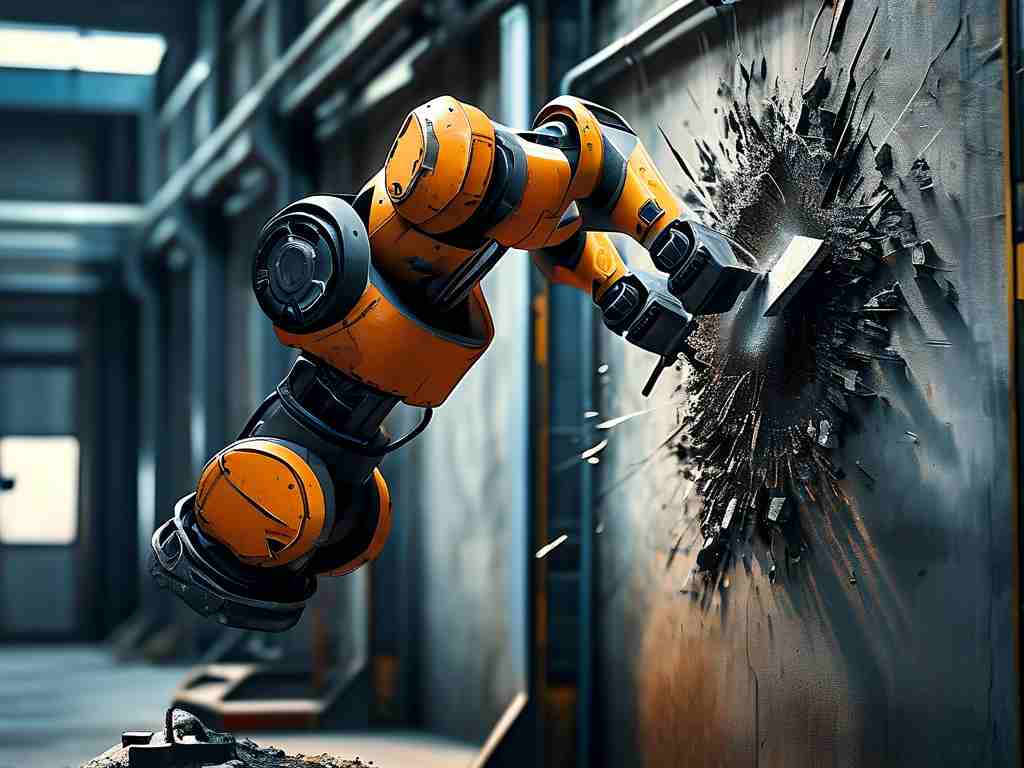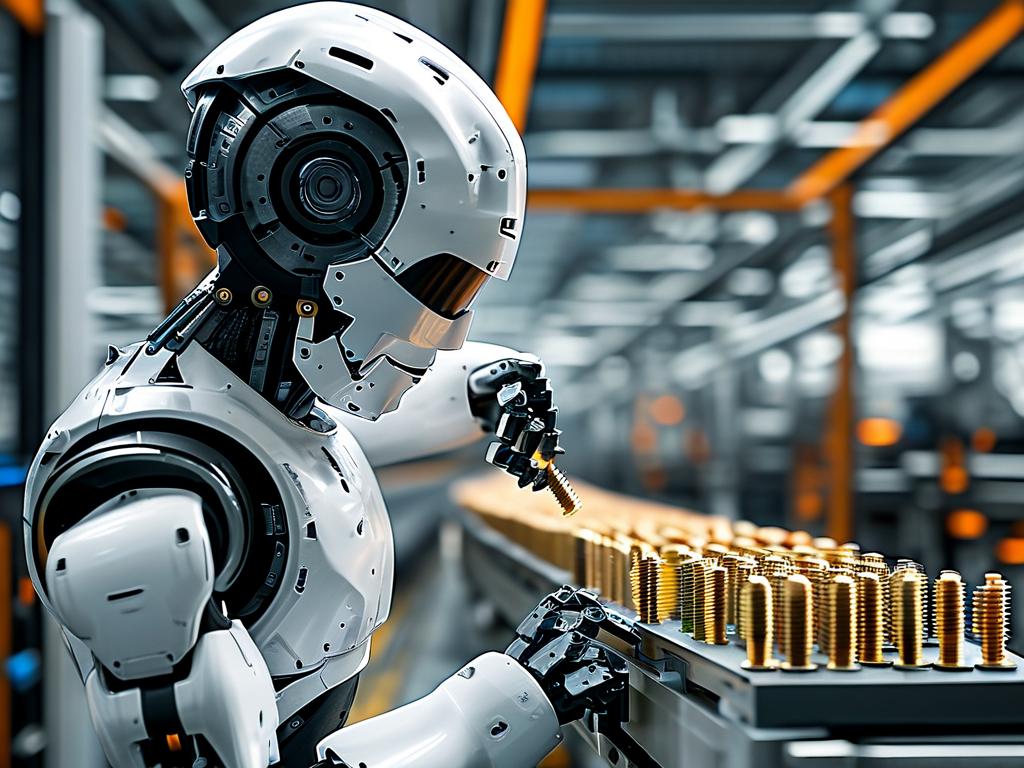The construction industry is witnessing a paradigm shift with the emergence of robotic wall-demolition systems. Unlike traditional manual methods that rely on sledgehammers and jackhammers, these intelligent machines combine precision engineering with advanced sensor networks to redefine structural dismantling.

At the core of this innovation lies a multi-sensor fusion platform. Modern demolition robots integrate millimeter-wave radar for material density analysis, thermal imaging cameras to detect concealed utilities, and inertial measurement units (IMU) that track equipment positioning within 2mm accuracy. This technological triad enables real-time adaptive crushing strategies – when encountering reinforced concrete, the system automatically adjusts hydraulic pressure to 28MPa while reducing impact frequency by 40%, significantly minimizing structural vibrations.
The operational workflow demonstrates remarkable efficiency gains. A standard RX-9 demolition robot can process 15m² of brick wall surface in 45 minutes, compared to the 4-hour manual labor requirement. More impressively, its AI-powered debris management system utilizes convolutional neural networks (CNN) to sort materials with 93% accuracy, enabling immediate on-site recycling of up to 78% demolition waste.
Safety enhancements represent another critical breakthrough. Equipped with LiDAR obstacle detection and predictive collision algorithms, these robots maintain a 1.2m safety buffer zone while operating. During recent field tests at a Shanghai urban renewal project, the accident rate decreased by 82% compared to conventional demolition sites, with particulate matter emissions reduced through integrated water mist suppression systems.
However, technological adoption faces unique challenges. The current generation of demolition robots requires specialized operators certified in ROS (Robot Operating System) programming. Maintenance costs remain high, with hydraulic component replacements costing approximately ¥12,000 per service cycle. Industry experts predict these barriers will diminish as cloud-based fleet management solutions mature, potentially lowering operational expenses by 35-40% within five years.
Looking ahead, the integration of 5G-enabled swarm robotics presents fascinating possibilities. Early prototypes from Tsinghua University's engineering lab demonstrate coordinated demolition teams where lead robots perform structural analysis while follower units execute precise material removal. This approach could revolutionize large-scale projects, potentially reducing stadium demolition timelines from months to weeks.
As regulatory bodies begin drafting safety standards for robotic demolition (notably the EU's forthcoming EN 16991 specification), the technology is poised for exponential growth. Market analysts project the global intelligent demolition equipment sector will reach $4.7 billion by 2028, driven by urbanization demands and sustainable construction initiatives. This mechanical metamorphosis of demolition work not only enhances efficiency but fundamentally reimagines humanity's relationship with architectural deconstruction.









